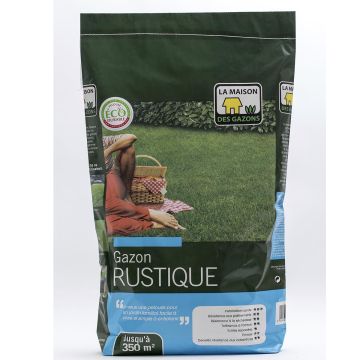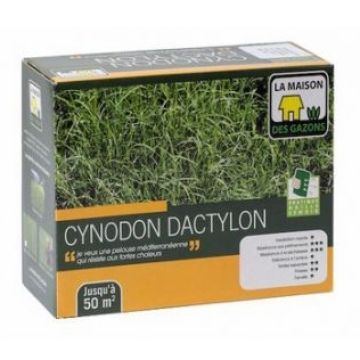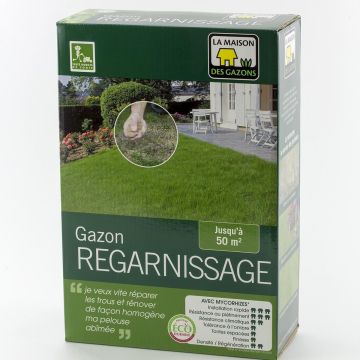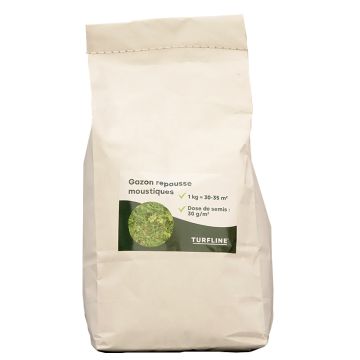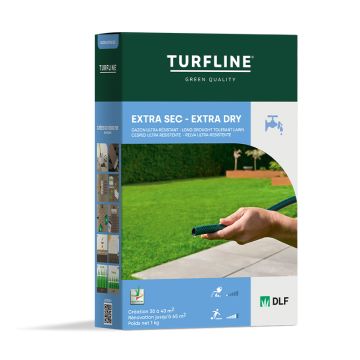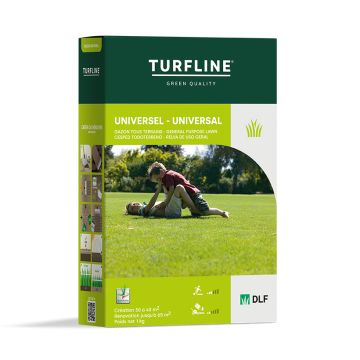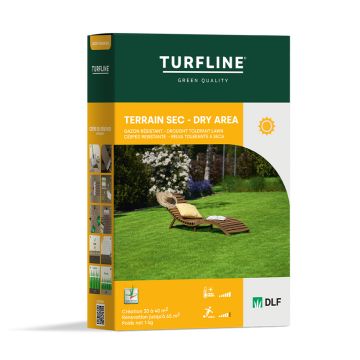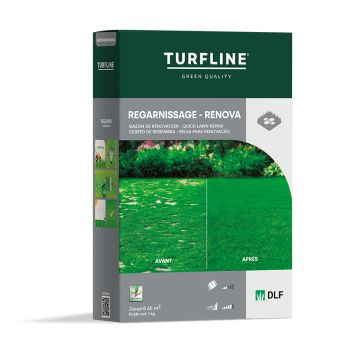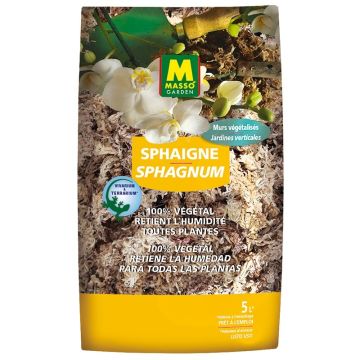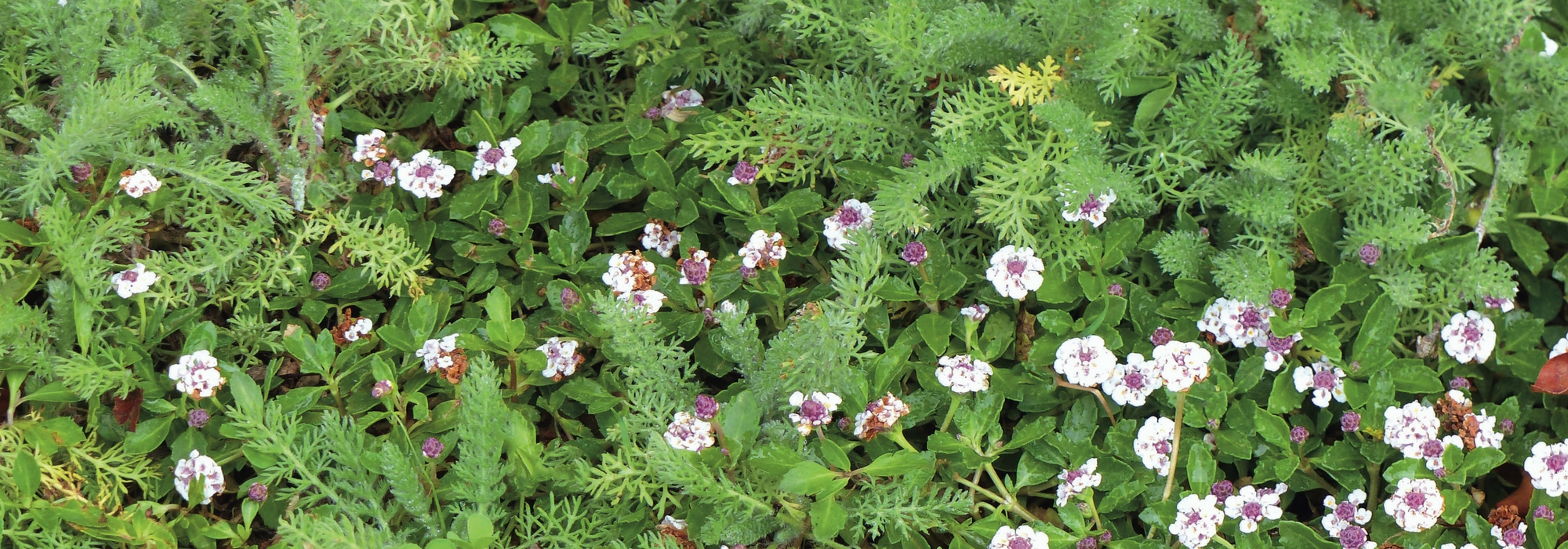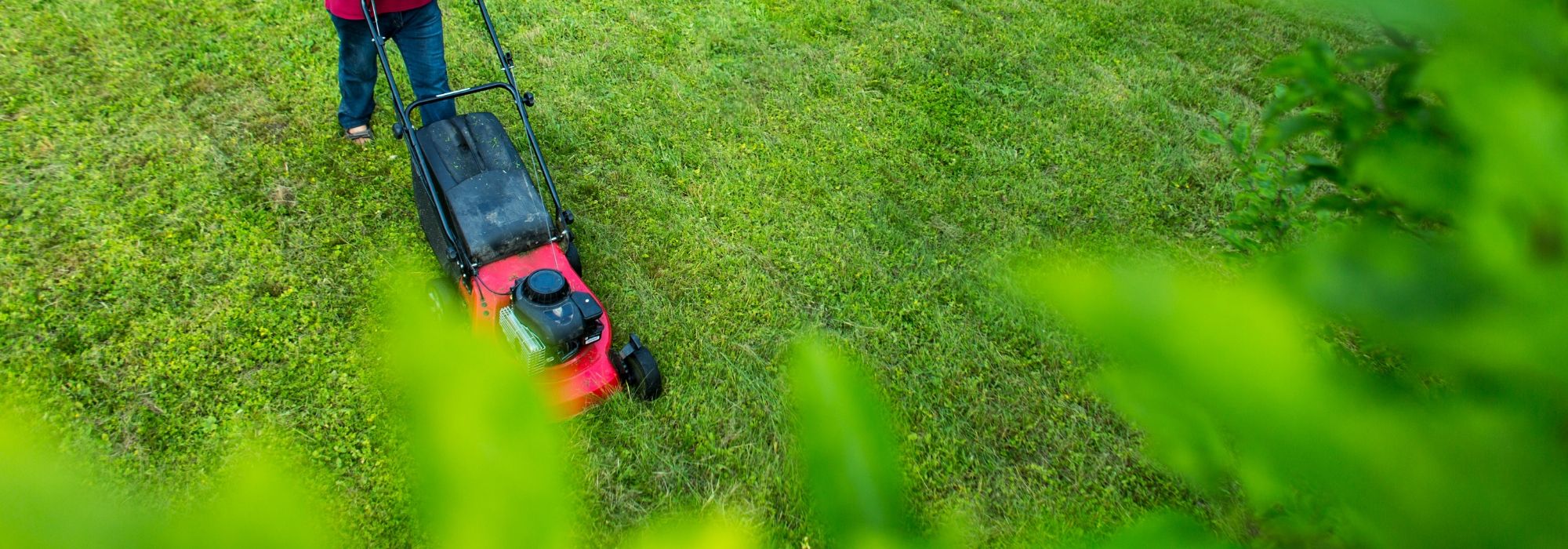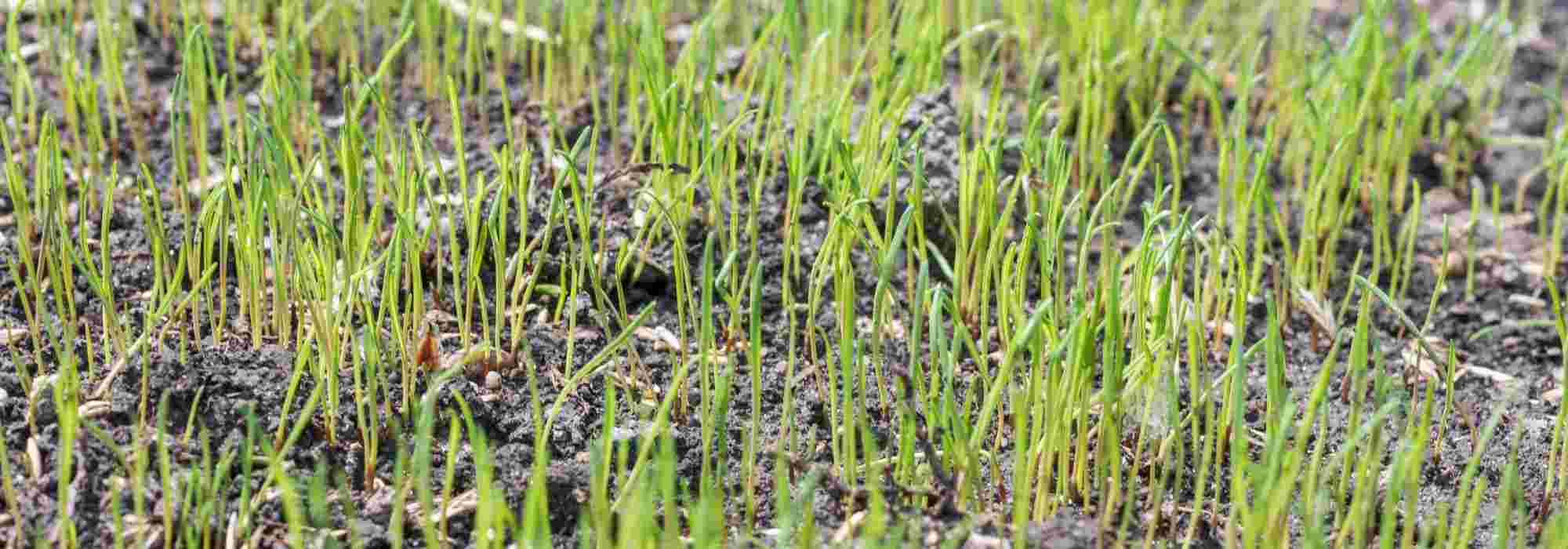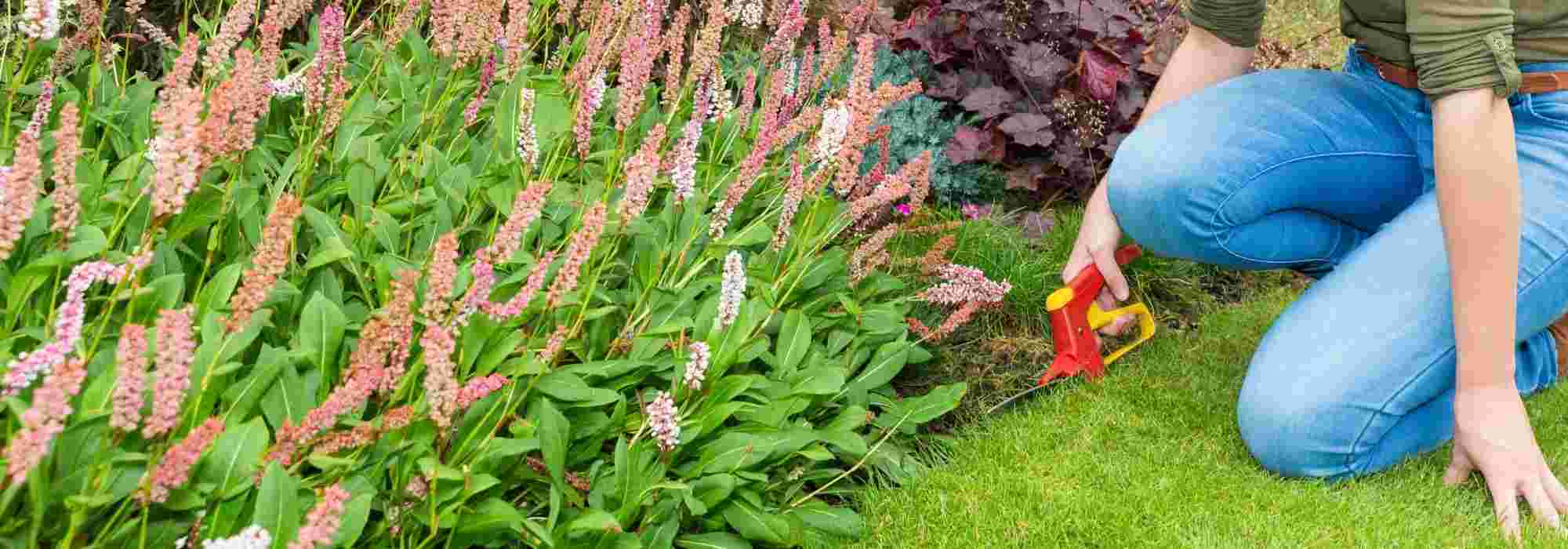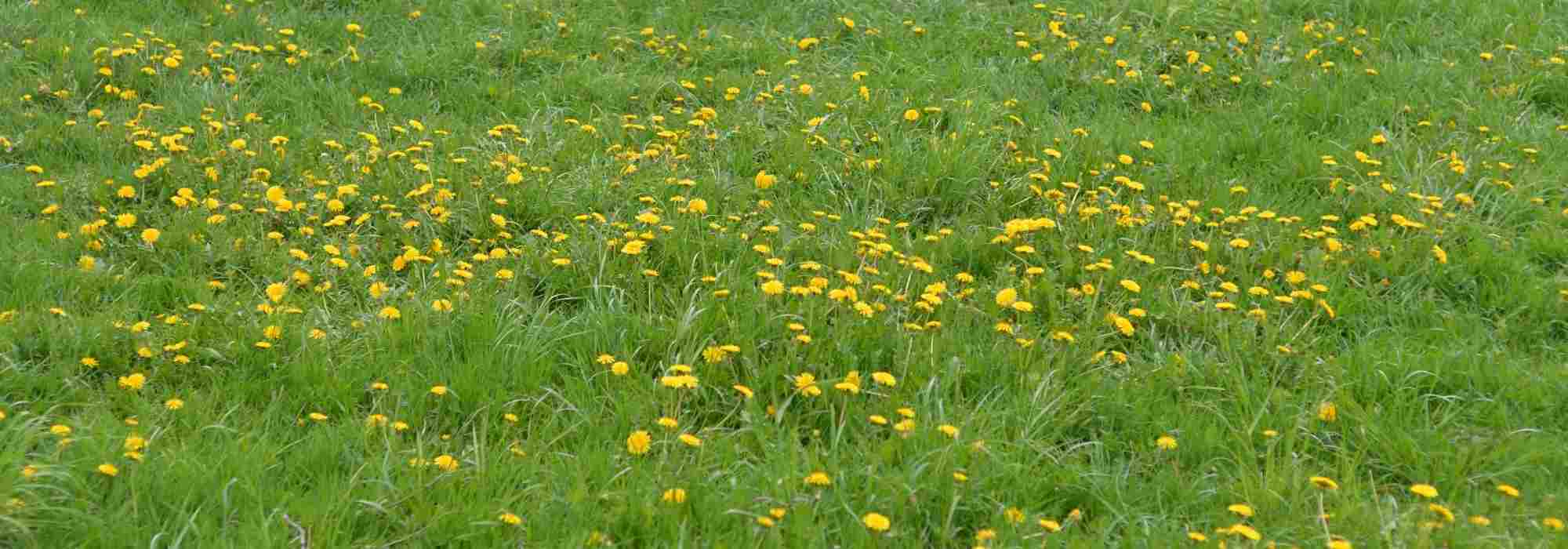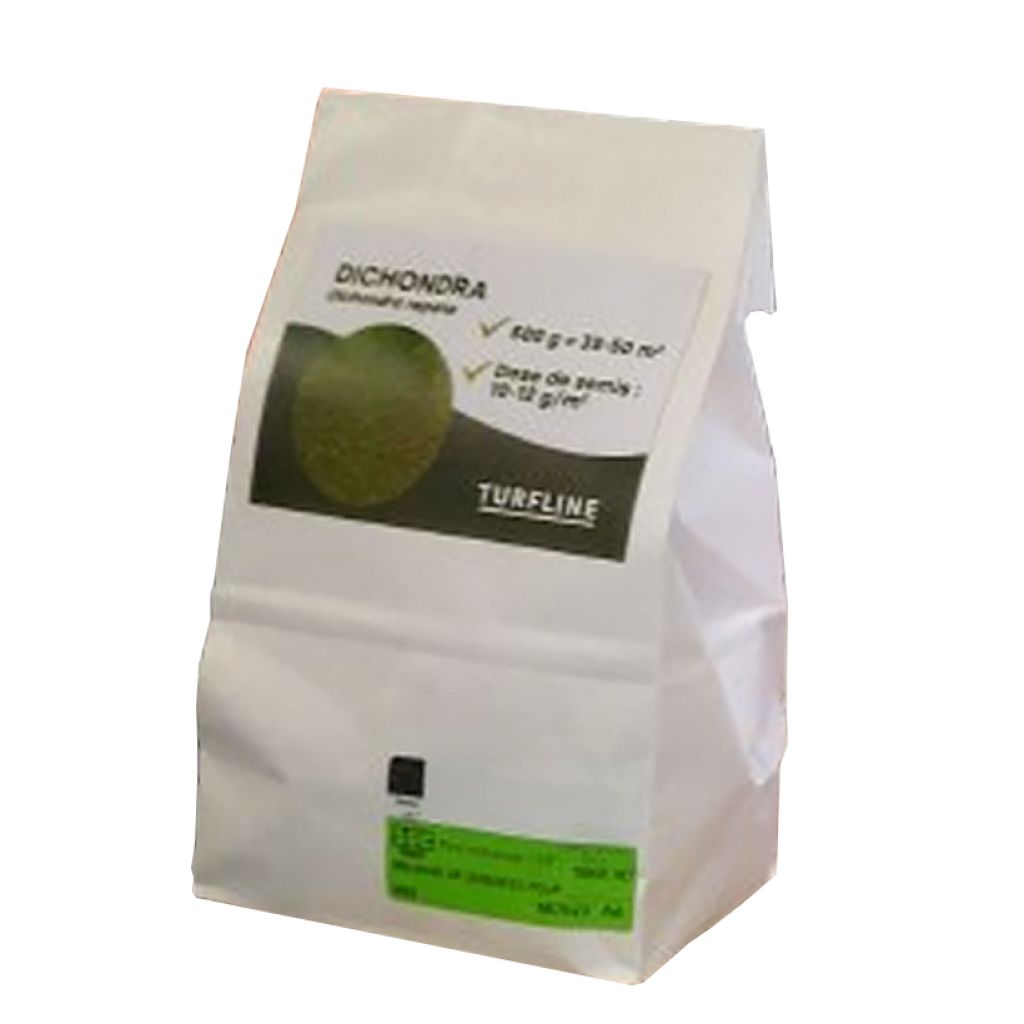

Dichondra repens seed


Dichondra repens seed


Dichondra repens seed
Dichondra repens seed
Dichondra repens
Kidney weed
Special offer!
Receive a €20 voucher for any order over €90 (excluding delivery costs, credit notes, and plastic-free options)!
1- Add your favorite plants to your cart.
2- Once you have reached €90, confirm your order (you can even choose the delivery date!).
3- As soon as your order is shipped, you will receive an email containing your voucher code, valid for 3 months (90 days).
Your voucher is unique and can only be used once, for any order with a minimum value of €20, excluding delivery costs.
Can be combined with other current offers, non-divisible and non-refundable.
Home or relay delivery (depending on size and destination)
Schedule yourself the delivery date,
and choose your date in cart
This plant benefits a 6 months rooting warranty
More information
We guarantee the quality of our plants for a full growing cycle, and will replace at our expense any plant that fails to recover under normal climatic and planting conditions.
Does this plant fit my garden?
Set up your Plantfit profile →
Description of Dichondra repens seed
Dichondra repens is an Australian ground cover plant recognisable by its small rounded leaves and creeping habit. It forms a dense, low-growing and decorative mat, which can replace lawns in lightly trodden and shaded areas, particularly in hot and dry regions. Unlike traditional lawns, it doesn't require mowing and needs little maintenance. Dichondra creates a uniform, decorative green carpet, but it partially disappears in winter, depending on the climate. 1 box of 500 g covers 35 to 50 m²
Once established, Dichondra repens grows with minimal water and requires little upkeep. It tolerates heat and shade well. However, watering will be essential during establishment, along with careful weeding initially to help it take root properly. This plant can withstand temperatures down to -10/-12°C.
Sow between March and May in regions with humid summers, but in September-October in hot and dry climates.
Sow on well-prepared soil: remove weeds and level the ground to create an even surface. Plant in light, well-drained soil, as Dichondra repens cannot tolerate excessive moisture. Adding compost or potting mix will lighten and enrich the soil.
Sow 10 to 15 g/m². Germination occurs 7 to 21 days after sowing at temperatures around 30°C, and full establishment takes approximately 3 to 6 months, depending on climatic conditions. 500 g covers between 35 and 50 m².
Report an error
Dichondra repens seed in pictures




Flowering
Foliage
Plant habit
Botanical data
Dichondra
repens
Convolvulaceae
Kidney weed
Australia
Other Lawn
View All →Planting of Dichondra repens seed
Sowing:
Sow directly in situ, from March to June (or in September-October in dry and warm regions), in well-worked, drained, loosened soil, free from weeds, refined and raked. Broadcast sow on the soil surface then lightly rake to cover the seeds. You can roll to ensure good seed-to-soil contact. Water regularly with a fine spray to keep the soil slightly moist until germination if there is no rain.
Adjust watering frequency to your climate: in the south, one to two waterings per week are often necessary to maintain the blanket bog's attractive appearance. Elsewhere, water as soon as the young plant requires it. In the first year of planting, careful manual weeding is essential until full soil coverage is achieved. Subsequently, regular manual weeding, up to 6 times a year, is necessary to maintain the blanket bog's neat appearance. Optionally apply slow-release lawn fertiliser once or twice a year. An annual mowing is generally sufficient, preferably in October.
Dosage:
Establishment: 1 box of 500g for 35 to 50 m²
When to sow?
Where to plant?
Planting & care advice
This item has not been reviewed yet; be the first to leave your review about it.
You have not found what you were looking for?
Hardiness (definition)

Photo Sharing Terms & Conditions
In order to encourage gardeners to interact and share their experiences, Promesse de fleurs offers various media enabling content to be uploaded onto its Site - in particular via the ‘Photo sharing’ module.
The User agrees to refrain from:
- Posting any content that is illegal, prejudicial, insulting, racist, inciteful to hatred, revisionist, contrary to public decency, that infringes on privacy or on the privacy rights of third parties, in particular the publicity rights of persons and goods, intellectual property rights, or the right to privacy.
- Submitting content on behalf of a third party;
- Impersonate the identity of a third party and/or publish any personal information about a third party;
In general, the User undertakes to refrain from any unethical behaviour.
All Content (in particular text, comments, files, images, photos, videos, creative works, etc.), which may be subject to property or intellectual property rights, image or other private rights, shall remain the property of the User, subject to the limited rights granted by the terms of the licence granted by Promesse de fleurs as stated below. Users are at liberty to publish or not to publish such Content on the Site, notably via the ‘Photo Sharing’ facility, and accept that this Content shall be made public and freely accessible, notably on the Internet.
Users further acknowledge, undertake to have ,and guarantee that they hold all necessary rights and permissions to publish such material on the Site, in particular with regard to the legislation in force pertaining to any privacy, property, intellectual property, image, or contractual rights, or rights of any other nature. By publishing such Content on the Site, Users acknowledge accepting full liability as publishers of the Content within the meaning of the law, and grant Promesse de fleurs, free of charge, an inclusive, worldwide licence for the said Content for the entire duration of its publication, including all reproduction, representation, up/downloading, displaying, performing, transmission, and storage rights.
Users also grant permission for their name to be linked to the Content and accept that this link may not always be made available.
By engaging in posting material, Users consent to their Content becoming automatically accessible on the Internet, in particular on other sites and/or blogs and/or web pages of the Promesse de fleurs site, including in particular social pages and the Promesse de fleurs catalogue.
Users may secure the removal of entrusted content free of charge by issuing a simple request via our contact form.
The flowering period indicated on our website applies to countries and regions located in USDA zone 8 (France, the United Kingdom, Ireland, the Netherlands, etc.)
It will vary according to where you live:
- In zones 9 to 10 (Italy, Spain, Greece, etc.), flowering will occur about 2 to 4 weeks earlier.
- In zones 6 to 7 (Germany, Poland, Slovenia, and lower mountainous regions), flowering will be delayed by 2 to 3 weeks.
- In zone 5 (Central Europe, Scandinavia), blooming will be delayed by 3 to 5 weeks.
In temperate climates, pruning of spring-flowering shrubs (forsythia, spireas, etc.) should be done just after flowering.
Pruning of summer-flowering shrubs (Indian Lilac, Perovskia, etc.) can be done in winter or spring.
In cold regions as well as with frost-sensitive plants, avoid pruning too early when severe frosts may still occur.
The planting period indicated on our website applies to countries and regions located in USDA zone 8 (France, United Kingdom, Ireland, Netherlands).
It will vary according to where you live:
- In Mediterranean zones (Marseille, Madrid, Milan, etc.), autumn and winter are the best planting periods.
- In continental zones (Strasbourg, Munich, Vienna, etc.), delay planting by 2 to 3 weeks in spring and bring it forward by 2 to 4 weeks in autumn.
- In mountainous regions (the Alps, Pyrenees, Carpathians, etc.), it is best to plant in late spring (May-June) or late summer (August-September).
The harvesting period indicated on our website applies to countries and regions in USDA zone 8 (France, England, Ireland, the Netherlands).
In colder areas (Scandinavia, Poland, Austria...) fruit and vegetable harvests are likely to be delayed by 3-4 weeks.
In warmer areas (Italy, Spain, Greece, etc.), harvesting will probably take place earlier, depending on weather conditions.
The sowing periods indicated on our website apply to countries and regions within USDA Zone 8 (France, UK, Ireland, Netherlands).
In colder areas (Scandinavia, Poland, Austria...), delay any outdoor sowing by 3-4 weeks, or sow under glass.
In warmer climes (Italy, Spain, Greece, etc.), bring outdoor sowing forward by a few weeks.






























